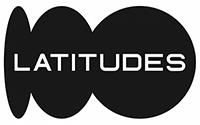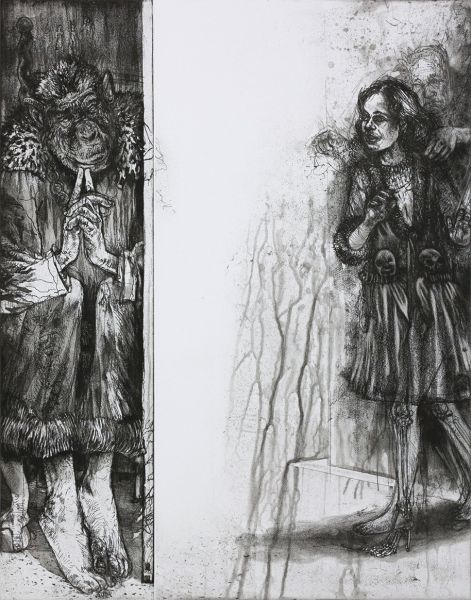Come to Daddy
Store Review (0)PRESENTED BY : Warren Editions
| Frame | None |
|---|---|
| Edition Size | 30 |
| Medium | Softground etching, aquatint, spitbite aquatint, drypoint, burnishing & scraping on Zerkall Litho 270gsm |
| Height | 66.00 cm |
| Width | 49.00 cm |
| Artist | Diane Victor |
| Year | 2018 |
Victor’s 2018 etchings form part of her Which Hunt? body of work. Exhibited at Goodman Gallery Cape Town in June – July 2018.
Aquatint is predominantly used to make this etching. Aquatint is a way of making tones. Despite the “aqua” in its title, the aquatint process does not involve water. It was invented in the mid-eighteenth century to simulate the effects of ink and wash drawings. With aquatint, one can capture a complete tonal range from a hint of a tone to mid-tones to shadows and extreme darks. Aquatints can be airy like those in the etchings of Paula Rego to velvety like those in the etchings of Pablo Picasso. Francisca Goya benefitted from aquatint’s ability to achieve darkness in tone and content.
To make an aquatint, a dense collection of tiny grains of gum rosin is melted onto a metal plate, which then functions as a porous ground; each grain or clump of grains becomes an island that protects the plate, which the acid will bite around.
The most common means of applying the grains is with an aquatint box, made for creating and containing a rosin dust storm. After the dust storm is created, the plate is slipped into the box to collect the grains as they fall. The plate is taken out and heated to melt the grains for them to adhere to the plate once cooled.










